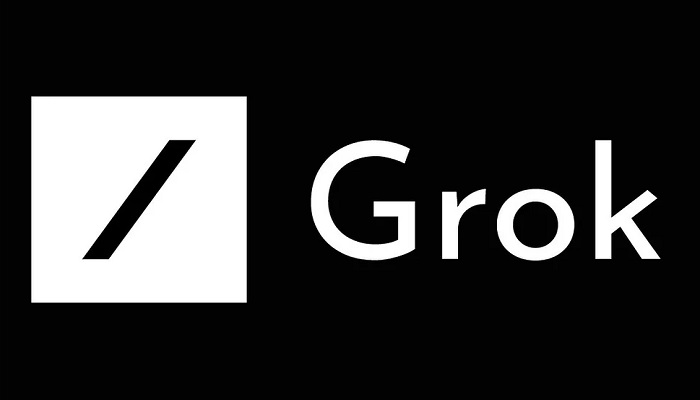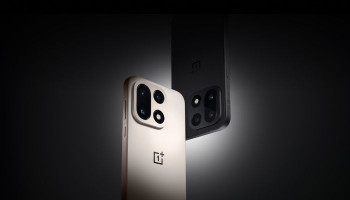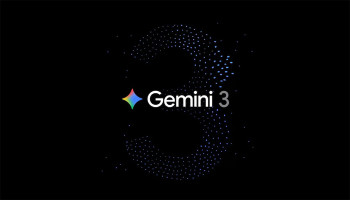
Elon Musk announced on March 11th that xAI would be open-sourcing its AI chatbot, Grok, and the model is now publicly accessible on GitHub. This move allows developers and researchers to further develop Grok and influences xAI's future updates as it positions itself against competitors like OpenAI, Meta, and Google.
xAI's recent blog post details that the open release includes Grok-1’s “base model weights and network architecture.” This model, a "314 billion parameter Mixture-of-Experts model," originates from a checkpoint in October and has not been fine-tuned for specific applications such as dialogue.
VentureBeat highlighted that Grok is released under the Apache 2.0 license, which permits commercial usage but does not encompass the training data or links to real-time data from X. In a November 2023 post, xAI described Grok as developed over four months, with potential applications in coding generation, creative writing, and query responses.
Following Musk’s acquisition of Twitter (renamed X), the platform’s algorithm code was made public. Musk has been critical of firms not open-sourcing their AI models, including OpenAI, which he co-founded and is currently suing over an alleged breach of an agreement to remain open source.
The trend of releasing open-source or partially open-source AI models allows companies to gather external feedback for improvements. While fully open-source AI models like Mistral and Falcon exist, the most popular models are typically closed-source or have limited open licenses. For instance, Meta’s Llama 2 is freely available for research but charges high-traffic users and restricts further development on the model.
Upon its launch, accessing the Grok chatbot required a paid subscription to X. Marketed as a more contemporary and irreverent alternative to OpenAI’s ChatGPT or Google’s Gemini, early tests showed Grok lacking in distinct features and humour, struggling to match the sophistication of other leading chatbots.
















